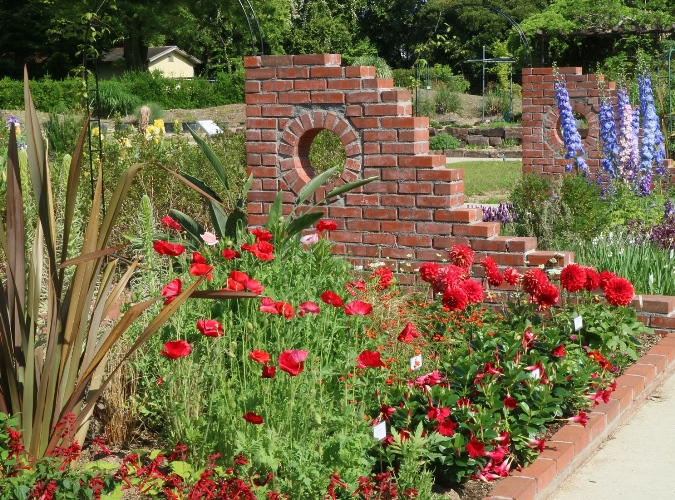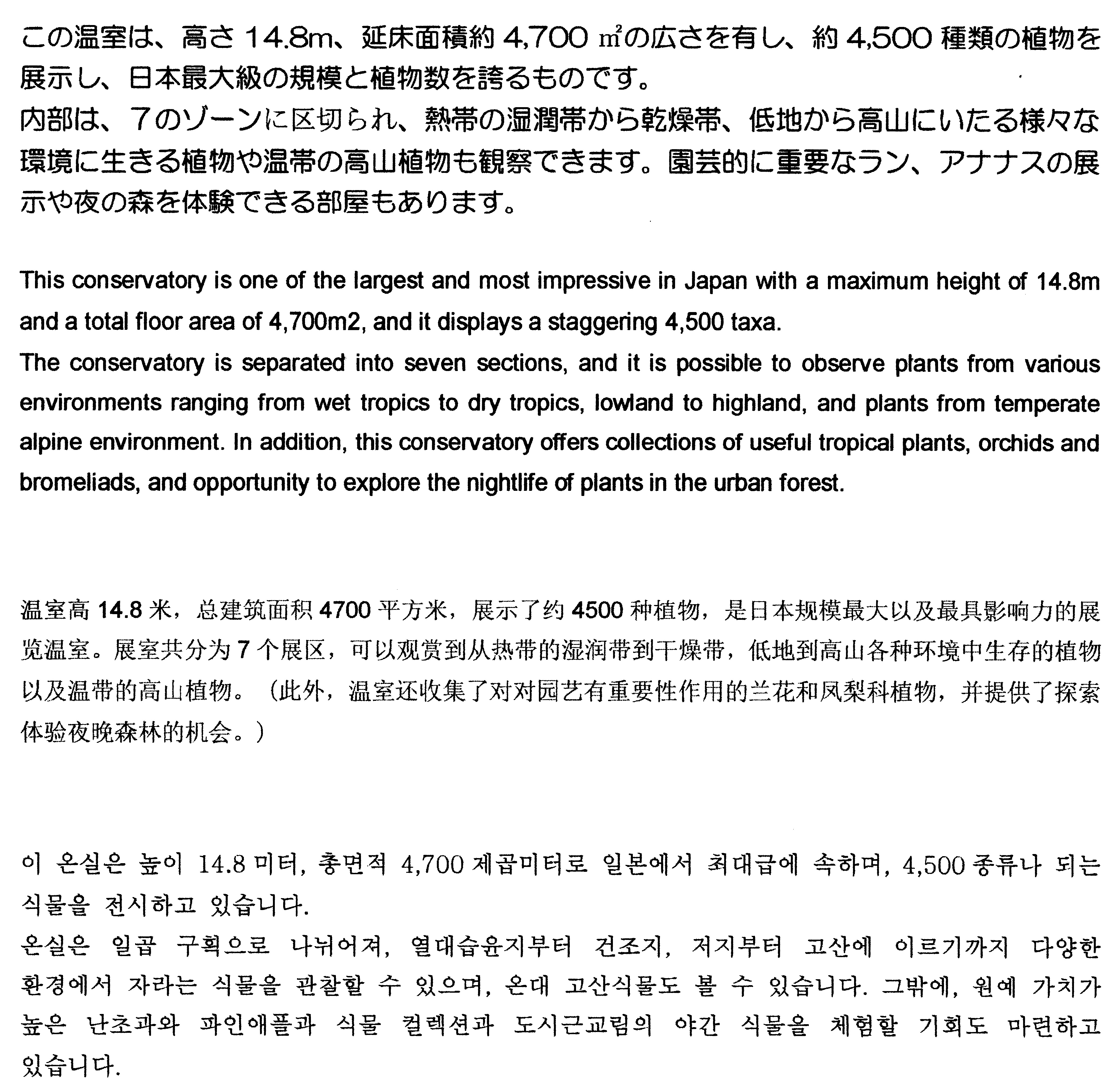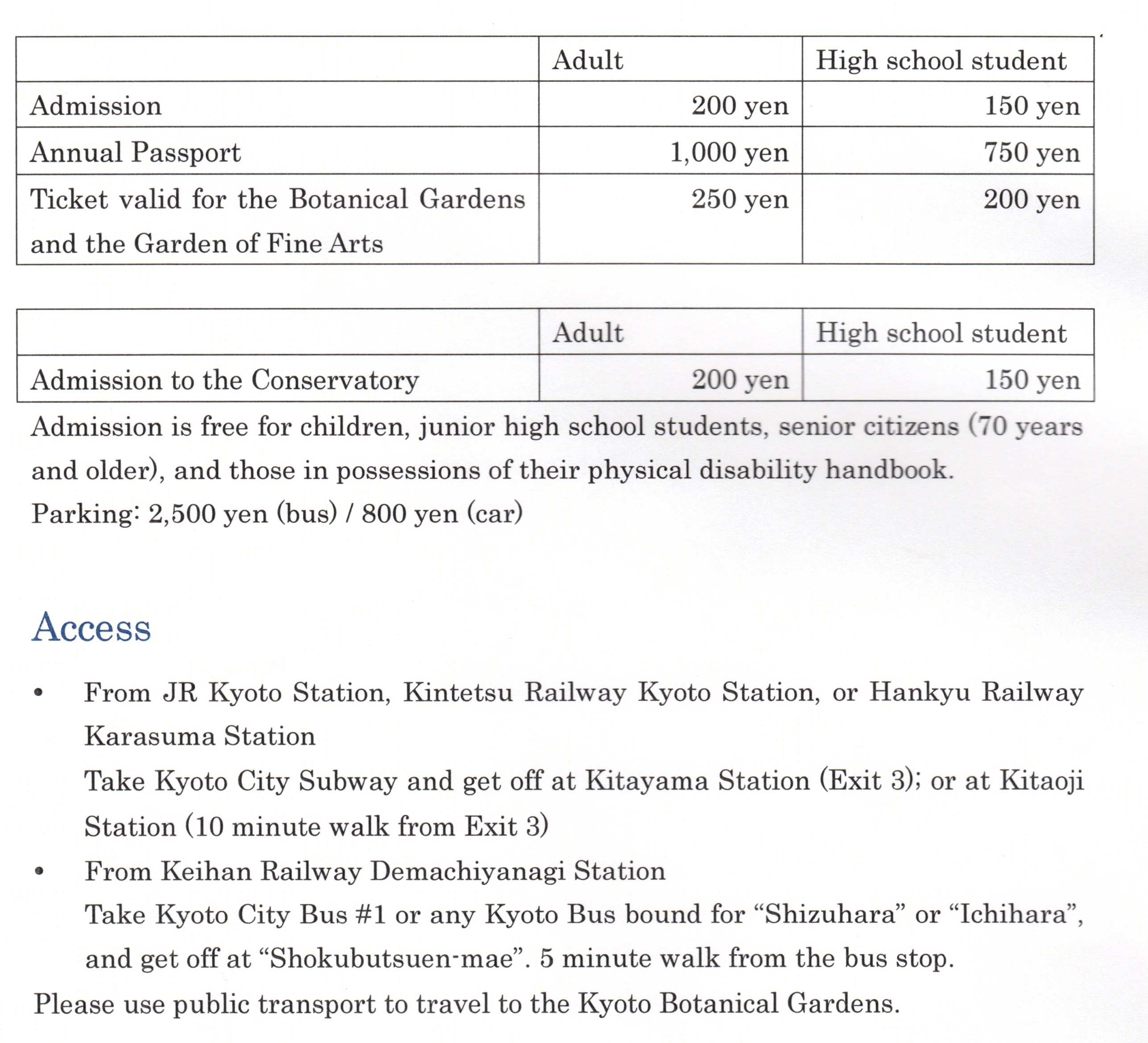Kyoto Botanical Gardens Guide Map
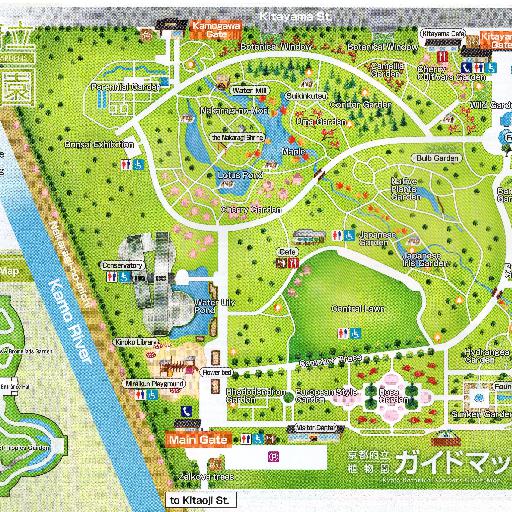
Kyoto Botanical Gardens Guide Map Recommended area 20 selections
 Posted bytanakazu-kpuUpdated:
Posted bytanakazu-kpuUpdated: All spots information
23 spots
 Unnamed Category
Unnamed Category
Flower beds at the entrance of the main gate
![]() Unnamed Category
Unnamed Category
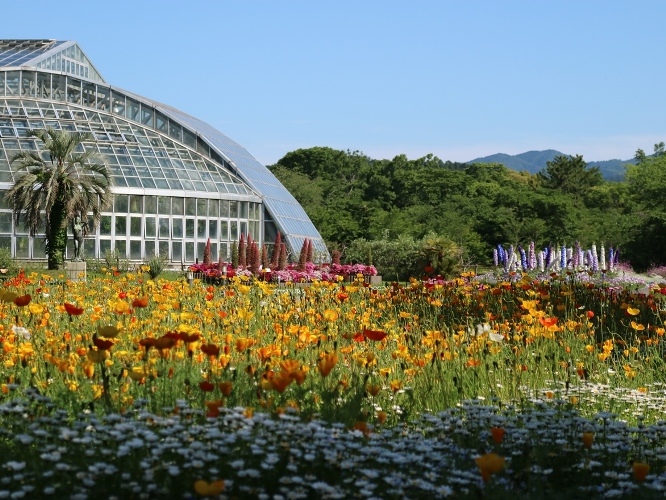
After passing a row of Keyaki (Zelkova serrata) trees and entering the main entrance, the flower beds spread in front of you.Beginning from the tulip in April, the transplants are done four times throughout the four seasons, so these flower beds are dynamic flower beds representing the Kyoto Botanical Garden.In spring, the contrast of the bright red tulips and the cherry blossoms spreading behind them totally fascinates us.
Exhibited greenhouse
![]() Unnamed Category
Unnamed Category
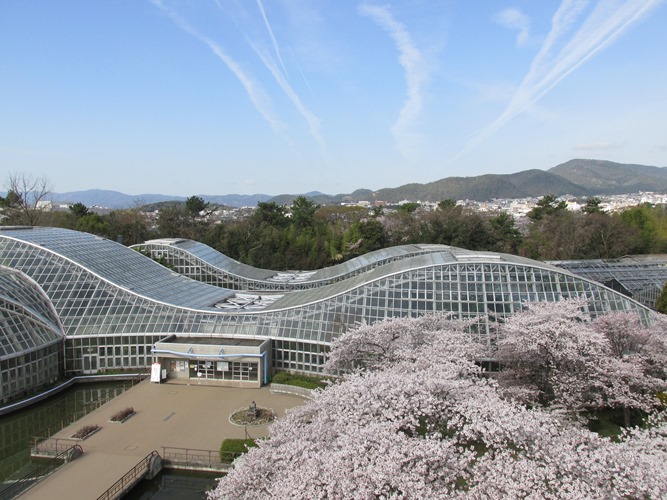
The exterior of this greenhouse is Kyoto's elegant design that combines the image of the Kinkakuji (the Temple of the Golden Pavilion) floating in the pond and the silhouette of the Kitayama mountains range.The inside of the greenhouse is divided into areas such as jungle room, desert savannah room, alpine plant room, etc. which have prepared various habitat environments.About 4,500 types of tropical and subtropical plants such as plants that you can not meet in everyday life can be watched.
Camphor Trees (Cinnamomum camphora)
![]() Unnamed Category
Unnamed Category
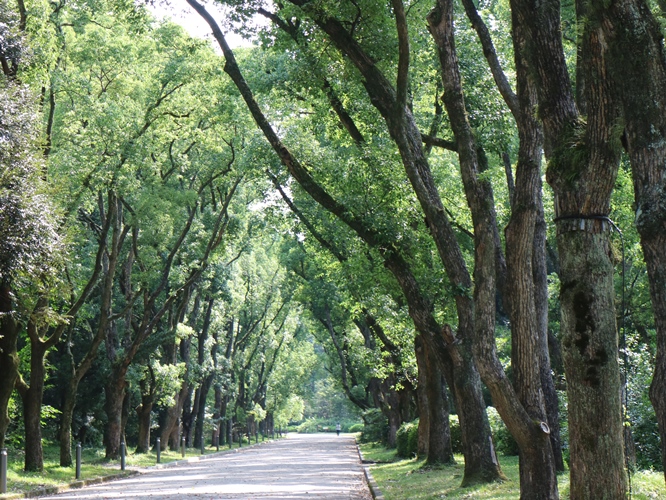
It is a tree-lined avenue of Camphor trees that lasts 200 meters long. These trees were planted at the establishment of the park, so, they are about 120 years old. This avenue also serves as the scene for Mr. Yasunari Kawabata's novel "The Old Capital", and appears in the novel many times. ※ Mr. Yasunari Kawabata (1899-1972) was capped in 1968 with the Nobel Prize in literature. Please enjoy the refreshing fragrance of camphor, which is also used as a raw material for camphor (insecticide).
Ume orchard
![]() Unnamed Category
Unnamed Category
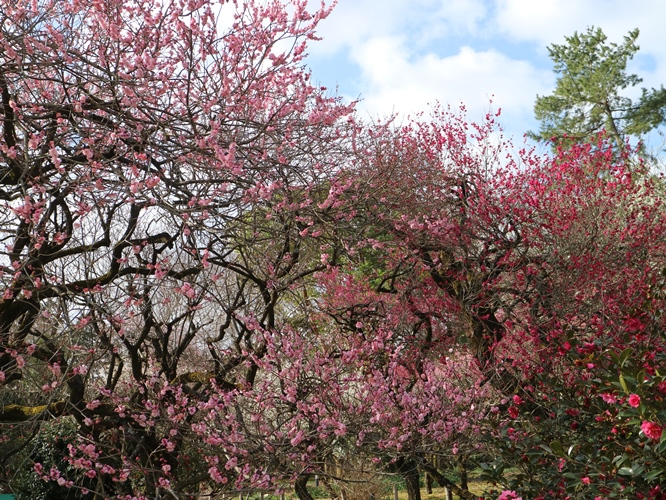
Ume orchard * ume : Japanese apricot (Prunus mume) There are about 60 varieties such as early flowering varieties, variegated flowering varieties, weeping varieties etc. in ume, and it continues to bloom from December until the next March. Please feel the arrival of spring in the scent of ume blossoms and in various flower colors of ume.
European Style Garden
![]() Unnamed Category
Unnamed Category

European Style GardenWith the beautiful Mt Hiei as a backdrop, this geometrically arranged European style garden spreads over 25,000㎡ and is composed of Rhododendron Garden, Rose Garden and Sunken Garden.
Peony garden
![]() Unnamed Category
Unnamed Category
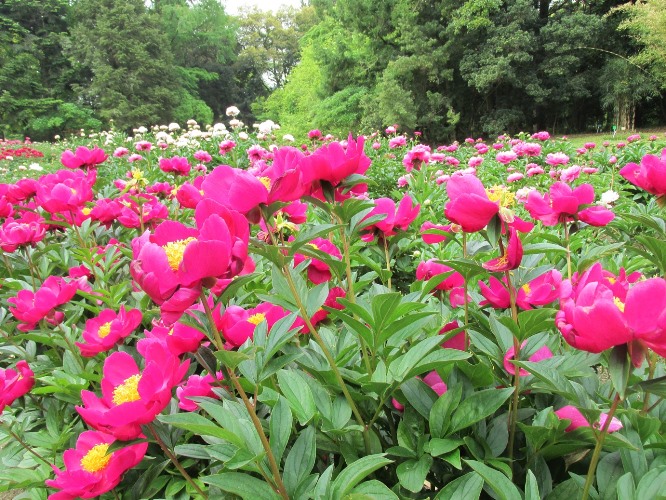
Peony gardenCultivars of Paeonia suffruticosa and Paeonia lactiflora were initially introduced to Japan from China during the Nara Period(8th Century) as medicinal plants but because of the beautiful flowers, many new cultivars were created in Japan during the Edo Period(18th Century).In this garden, 100 Paeonia suffruticosa cultivars and 80 Paeonia lactiflora cultivars are exhibited.
Conifer Garden
![]() Unnamed Category
Unnamed Category
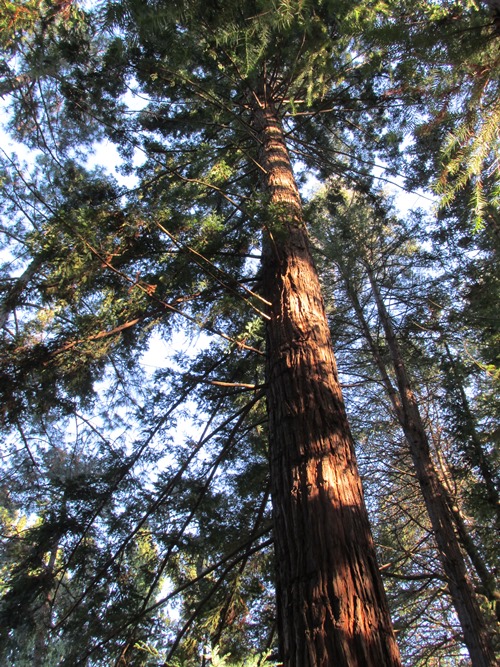
Conifer GardenApproximately 50 types of conifers are grown, including the endangered Lebanon Cedar and Parana Pine, living fossil Dawn Redwood and also the tallest tree at Kyoto Botanical Gardens, the Coast Redwood
Japanese Iris Garden
![]() Unnamed Category
Unnamed Category
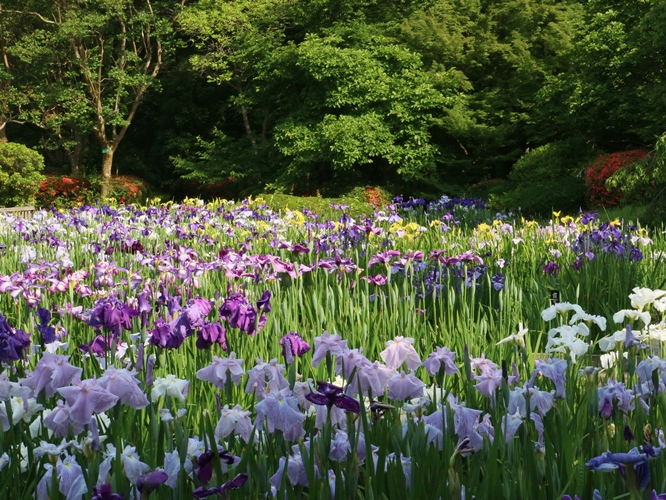
Japanese Iris GardenAs a popular early summer flower, numerous regionally typical Iris cultivars were created during the Edo period(18th Century). Here,10,000 plants of approximately 200 cultivars are displayed.
Nakaragi Forest
![]() Unnamed Category
Unnamed Category
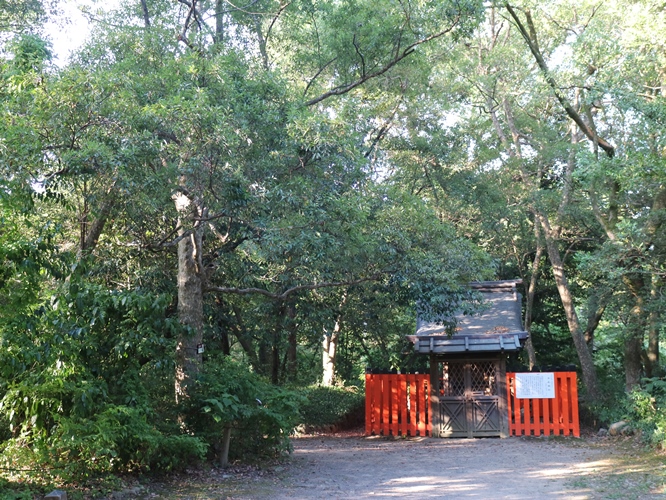
Nakaragi ForestApproximately 5,500㎡ wide forest around the Nakaragi Shrine is the only remaining natural forest within the Kyoto Botanical Gardens. Original vegetation such as Litsea coreana can be observed in this valuable area.
Camellia Garden
![]() Unnamed Category
Unnamed Category
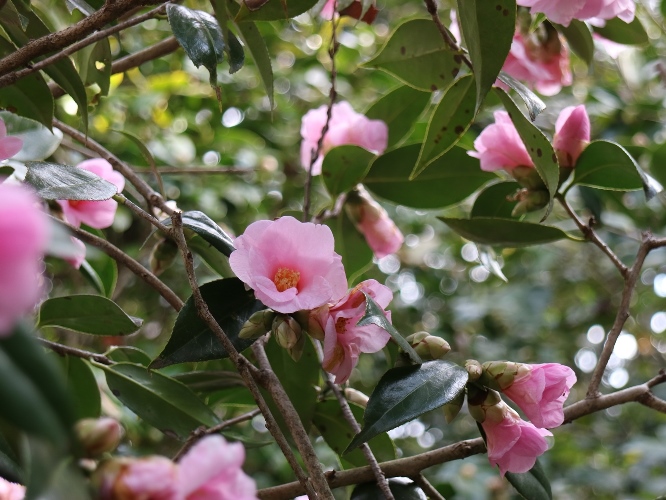
Camellia GardenCamellias are a typical Japanese flowering tree and within this 4,000㎡ garden, 600 plants of approximately 250 cultivars are grown.
Bonsai Exhibition
![]() Unnamed Category
Unnamed Category

Bonsai ExhibitionTaking years to complete, Bonsai are considered to be living works of art.In this area, approximately 80 plants of 40 species are exhibited throughout the year.
Native Plants Garden
![]() Unnamed Category
Unnamed Category
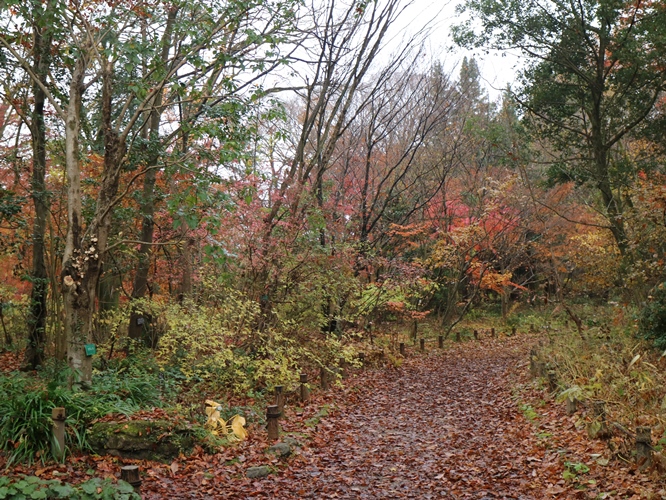
Native Plants GardenNative species and traditional cultivars are grown over approximately 15,000㎡ of land. Approximately 1,000 types of plants are grown, separated according to its native regions.
Hydrangea Garden
![]() Unnamed Category
Unnamed Category
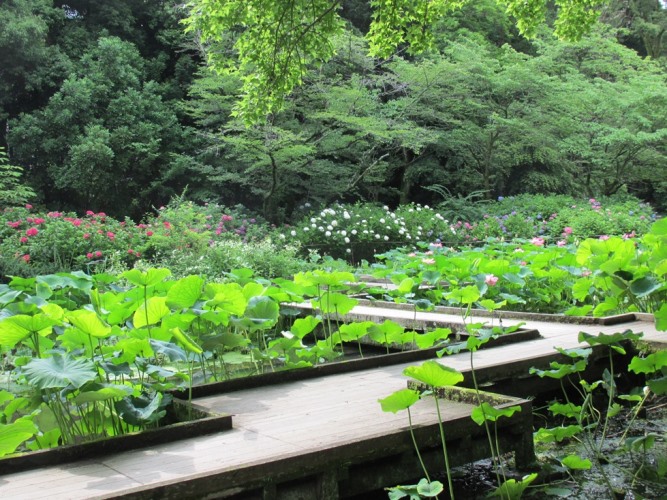
Hydrangea GardenThere are approximately 40 species in East Asia and Americas and 12 species native to Japan. In this garden, approximately 2,500 plants of 180 types are grown.
Bamboo Garden
![]() Unnamed Category
Unnamed Category
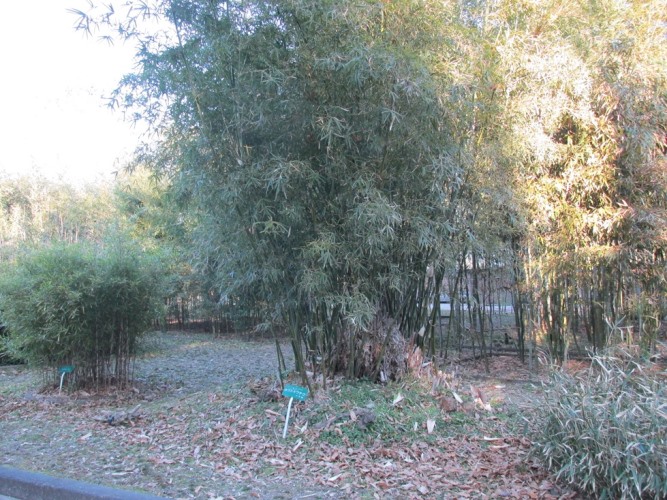
Bamboo GardenApproximately 70 types of bamboo are grown in this garden. It includes bamboo that have strong association with people's lives such as ‘Kinmei Chiku’, ‘Kikkou Chiku’ and Hedge bamboo native to Southeast Asia.
Cherry Cultivars Garden
![]() Unnamed Category
Unnamed Category

Cherry Cultivars GardenCherry trees are highly variable in flower colors and tree shapes and blossoms can be enjoyed over a long time, from the beginning of March until the end of April. Approximately 100 cultivars are grown in this garden.
Cherry Garden
![]() Unnamed Category
Unnamed Category
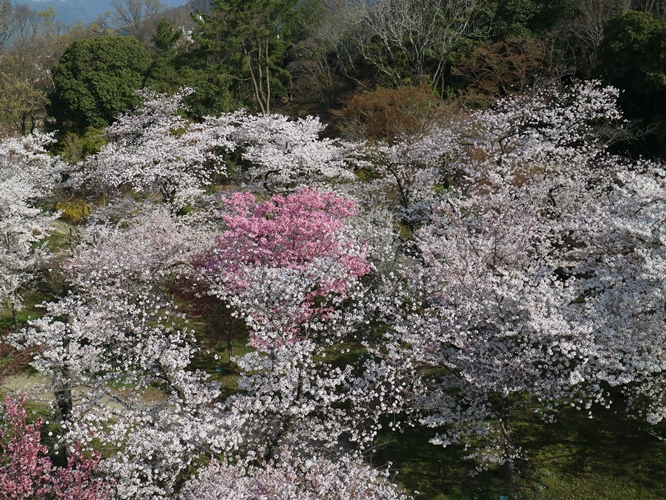
Cherry GardenAs an important collection, 500 trees of 200 varieties are cultivated at Kyoto Botanical Gardens. Cherry trees grown here are mainly based on the most popular varieties such as‘Somei Yoshino’ and ‘Yae Beni Shidare’.
Rhododendron Garden
![]() Unnamed Category
Unnamed Category

Rhododendron GardenIn comparison to Japanese species, cultivars are more variable in color. Eighty plants were planted in October 2004 to commemorate the 80th anniversary of the opening of the Kyoto Botanical Gardens.
Wild Garden
![]() Unnamed Category
Unnamed Category
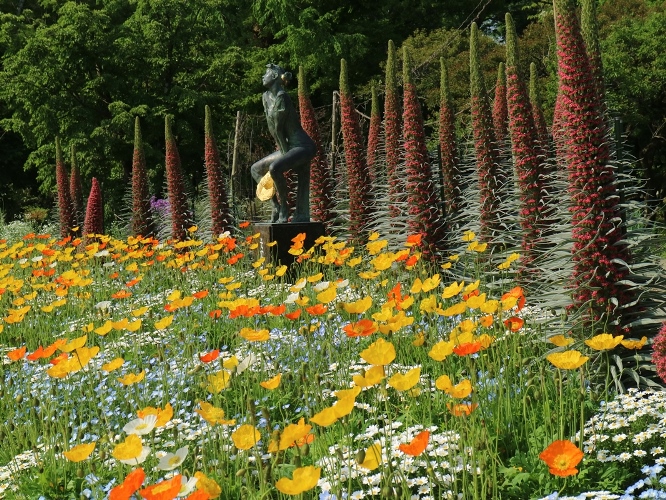
Wild GardenWith numerous species of perennial and bulbous plants amongst trees and rocks, flowers can be enjoyed throughout the year in the natural style flower beds.
Sunken Garden
![]() Unnamed Category
Unnamed Category
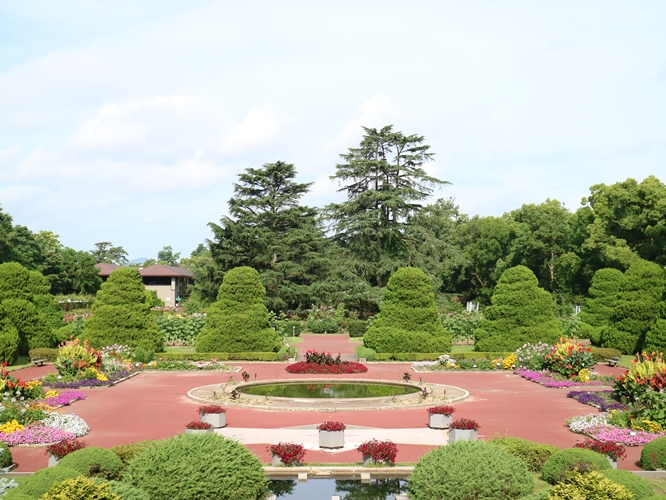
Sunken GardenOriginally established as a traditional French formal garden, it was renewed in 1981to commemorate the 20th anniversary of the reopening of the Kyoto Botanical Gardens.
Rose Garden
![]() Unnamed Category
Unnamed Category
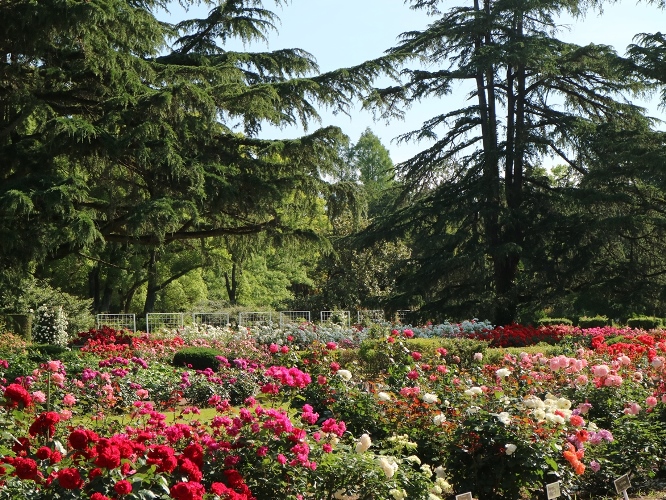
Rose GardenThis garden grows approximately 2,000 plants of 250 cultivars and mainly focuses on modern roses. The collection includes ‘Peace’, ‘Souvenir d'Anne Frank’ and cultivars with names associated with Kyoto such as ‘Kinkaku’ and ‘Sagano
